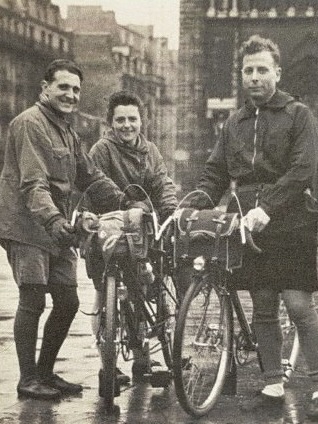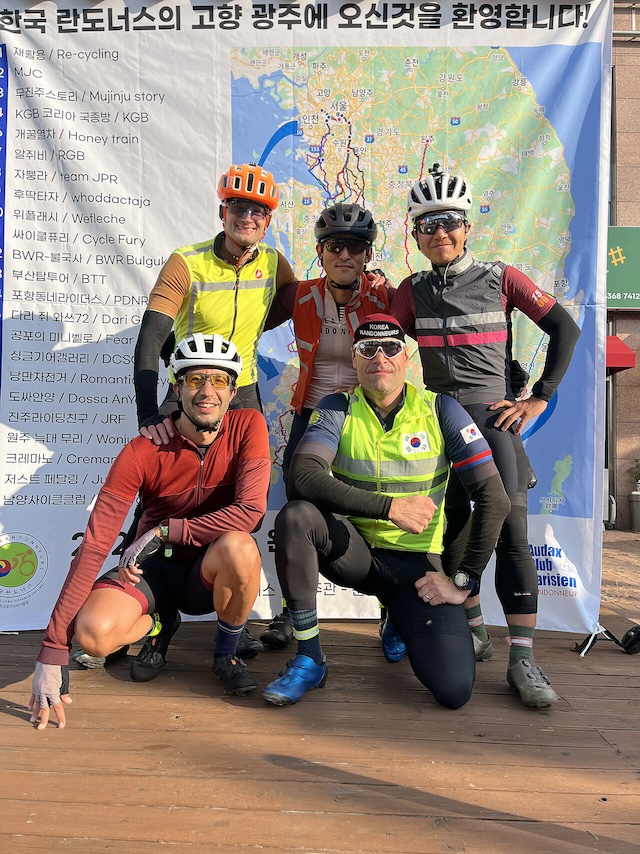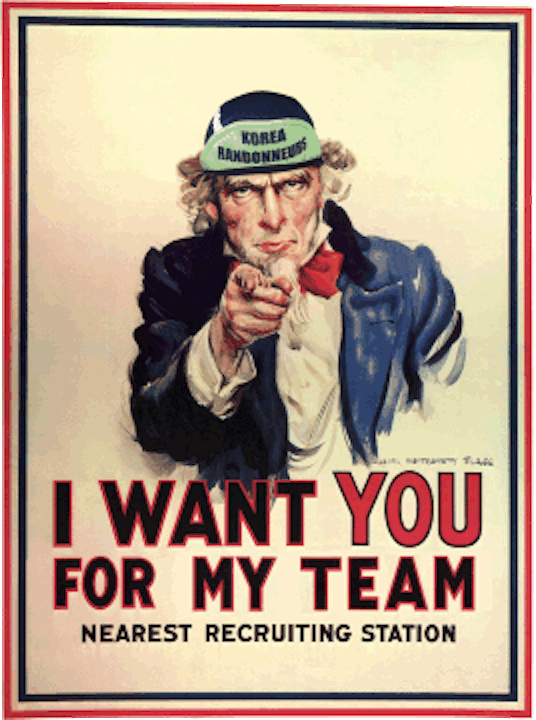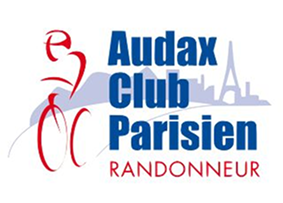플레쉬
Join the Korea Flèche in 2026

A flèche is a cycling event, the term is derived from Flèche Velocio, which is Italian for 'speed arrow'. It differs from the more common brevets, as it is a team event. The object of a flèche is to ride a maximum distance (with a minumum of 360 km) in a fixed time, usually 24 hours, and usually finishing at or near a specified location, riding a route that the team has specified before the start. Different teams can not follow the same route. Teams have a maximum of five riders, of which three must finish in order to succesfully complete the flèche.
-
TEAMS
3-5 RIDERS -
MINIMUM
360 KM -
MAXIMUM
24 HOURS -
UNIQUE TEAM
ROUTES -
FIXED FINISH
LOCATION -
MANDATORY 22 HOUR
CONTROL
History of the flèche
Flèche events traditionally take place on or about the Easter holiday, usually in April. After the second world war ended in 1945, French citizens started to enjoy their freedom again and Audax Club Parisien made the most of the free time around the Easter weekend by starting the flèche concept in 1947, on the evening of Good Friday. It is the most popular world-wide randonneuring event.
Awards and certificates
ACP rewards Flèche riders world-wide with a personal certificate, sent later in the year. Korea Randonneurs provides the rider with a Flèche certificate upon completion of the ride at the finish location. The flèche is a necessary element in several international and domestic awards, such as the ACP R5000 and R10000, and the Korea Randoneurs KR5000 and KR10000.

Flèche in Korea
Korea Randonneurs organized the first flèche in 2013. Spread over 9 teams, 30 riders arrived in Gwangju. Gwangju has since been the traditional place for the flèche finish. Riders enjoy a celebration lunch together after the ride. In recent years flèches have been ridden by well over 200 riders per flèche.
Flèche controls
It's all about stamps, selfies and suffering: at control points a photo is taken, showing the team with the required object to be photographed in the background. The required object (a building, marker stone, road sign or any other object) is the same as on the photograph that was sent in with the course proposal. When the control is for example a certification center or a convenience store with stamps available, it is also possible that each member collects a stamp on the flèche card instead.
The flèche card and photos are checked by a staff member at the finish.
The 22 hour control
Flèche rules dictate a mandatory 22 hour control (the last control) at least 25 km from Gwangju. Each team is allowed to depart from this control only at or after 22 hours after starting and proceed to the finish. This is to make sure riders arrive at a similar time.

Forming or joining a flèche team
Riders interested in joining a team should contact, or be asked by a team captain. The team captain collects the fee from each member and transfers the money. He or she is responsible for compliance with the rules for each team member.
Randonneurs who aspire to be a team captain and form their own team should e-mail Jan Boonstra containing the information below:


